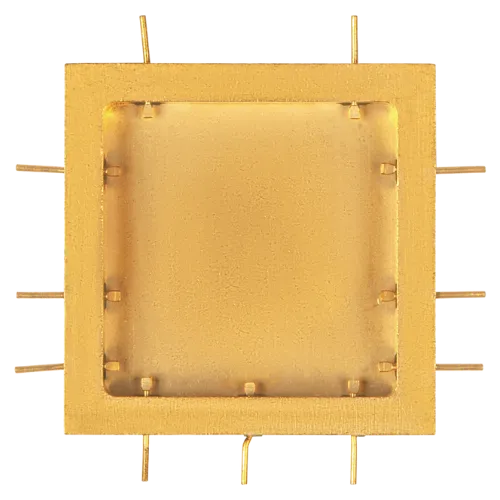
Direct Bond Copper (DBC) is a versatile material used in the manufacturing of electronic devices, particularly in the production of printed circuit boards (PCBs), microwave circuits, RF devices, and other high-frequency electronic components. DBC is made by bonding a layer of copper directly onto an insulating substrate, such as alumina or aluminum nitride, resulting in a product that has numerous advantages over traditional PCB materials.
One of the main benefits of DBC is its high thermal conductivity. Copper is an excellent conductor of heat, and the direct bond between the copper and substrate allows for efficient heat transfer. This makes DBC an ideal choice for high-power processors or power amplifiers that generate a lot of heat. By using DBC, manufacturers can design devices that can operate at higher temperatures without overheating or experiencing performance degradation.
In addition to its thermal conductivity, DBC also has excellent electrical conductivity. Copper is a highly conductive metal, and the direct bond between the copper and substrate ensures that electrical signals can be transmitted with minimal resistance. This makes DBC well-suited for use in high-speed electronic devices, such as computers and servers, which require fast and reliable data transmission.
DBC is exceptionally durable and resistant to wear and tear. The direct bond between the copper and substrate creates a strong, rigid structure that can withstand harsh environments and handling, making it well-suited for use in military and aerospace applications where electronic devices must be able to withstand extreme conditions.
In summary, Direct Bond Copper is a highly efficient and durable material used in the manufacturing of electronic devices. Its high thermal and electrical conductivity, durability, and ease of manufacturing make it a popular choice in the electronics industry for a variety of applications.



